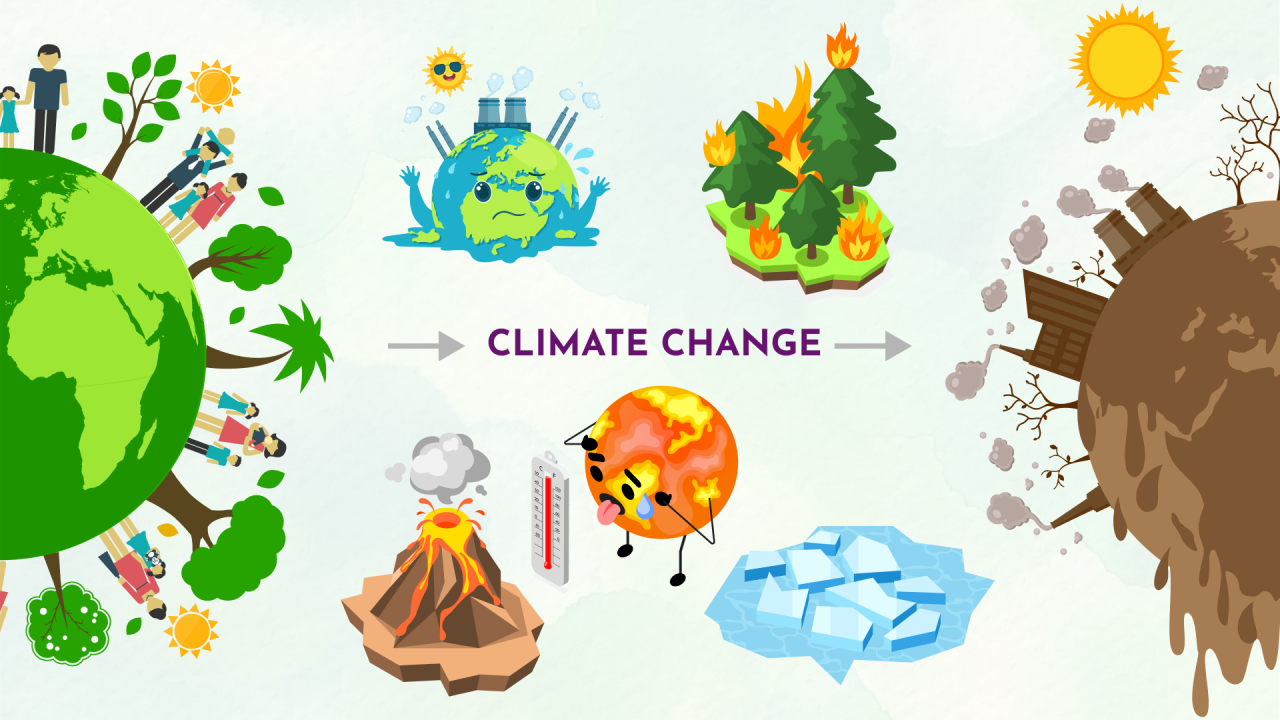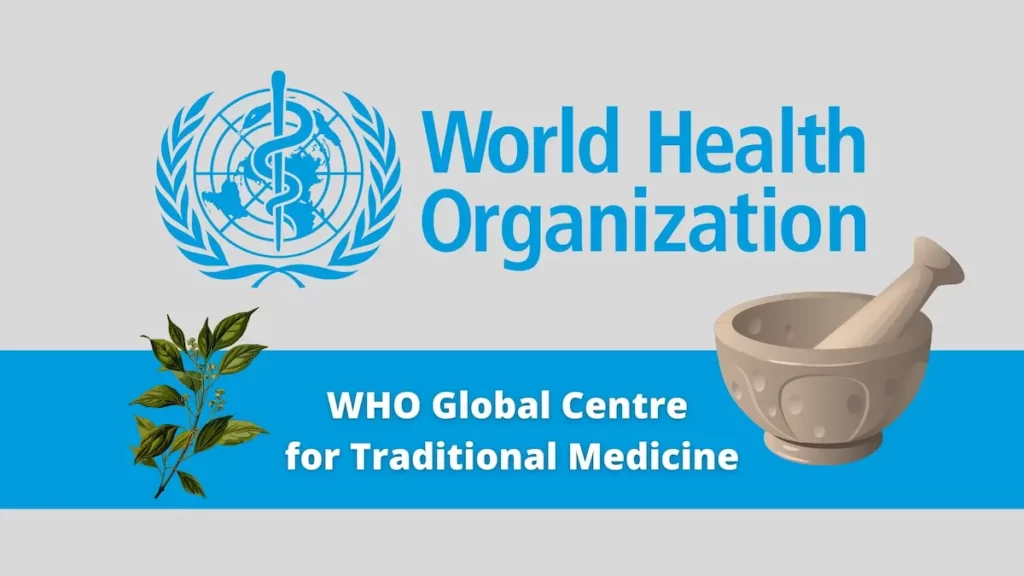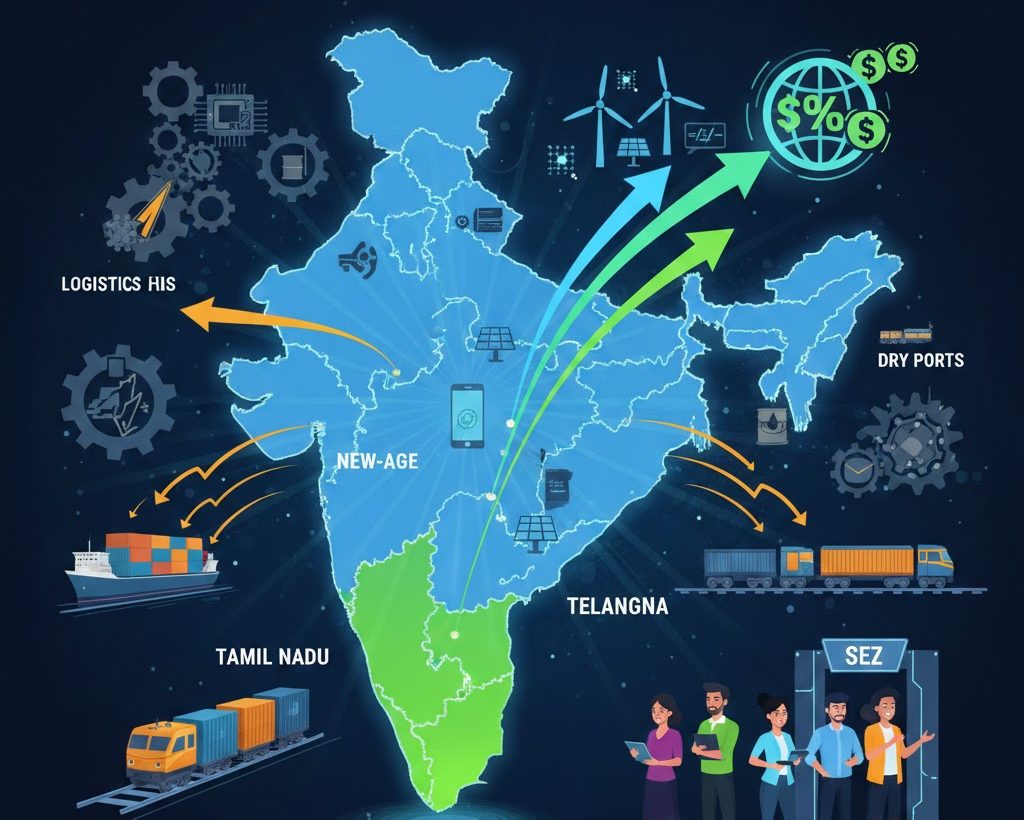Font size:
Print
UNEP Report: Disruptions from Space Activity
Context: The UNEP report “Navigating New Horizons — A Global Foresight Report on Planetary Health and Human Wellbeing,” highlights major disruptions due to accelerated space activity, with ozone depletion identified as a primary concern.
More on news:
- The potential impact of disruptions is rated ‘2’ on a scale of 1-3, where 1 is low and 3 is high.
- Based on responses from nearly 1,200 submissions by 790 respondents to a 2023 survey.
- Identified 280 specific signals of change, shortlisted by the Foresight Expert Panel consisting of 22 members from both developing and industrialized countries.

Space Activity Impact on Ozone Layer:
- Increasing satellite launches emit gases damaging the ozone layer.
- Rocket launches and re-entry emit carbon dioxide, water vapour, nitrogen oxide, black carbon, alumina particles, and gaseous chlorine.
- Black carbon absorbs solar radiation, warms the stratosphere, and reduces the total ozone column.
- Debris and Atmospheric Impact: Re-entering debris generates shock waves causing atmospheric chemical reactions.
- The atmosphere contains metals from vaporised satellites and rocket boosters, potentially depleting ozone.
- Space junk and re-entering alumina impact the upper atmosphere and Earth’s climate.
- Space debris may become a significant problem, akin to microplastics.
- Sustainable Development Goals (SDGs) Impact
-
- SDG 3: Good Health and Well-being.
- SDG 13: Urgent action to combat climate change and its impacts.
- SDG 16: Promotes peaceful and inclusive societies.

Global Space Industry:
- Projected growth to $3.7 trillion by 2040, from $630 billion in 2023.
- Annual satellite launches have increased by 50%, with launch costs falling 10-fold over two decades (World Economic Forum, 2024).
Monitoring and Future Solution:
- UNEP emphasises the importance of monitoring and foresight to avoid repeating past mistakes and ensuring solutions withstand future disruptions.
- Call to Action:
-
- Ensuring solid progress made under the Montreal Protocol is not reversed.
- Addressing the challenges posed by space activity expansion and orbital debris.
|
The Vienna Convention:
The Kigali Agreement:
|
Ozone Layer Overview:
- The ozone layer is part of the stratosphere, the second layer of Earth’s atmosphere, which consists of protective gases, (15-30 km above the surface).
- The stratosphere is stratified, meaning it gets warmer with increasing elevation due to ozone gases absorbing ultraviolet radiation from the sun.
- Role of Ozone:
-
-
- It is a trace gas in the atmosphere, with about three molecules for every 10 million molecules of air.
- It is crucial for absorbing radiation from the sun, acting like a sponge.
- It serves as a shield, protecting life on Earth from excessive UV radiation.
-
- Depletion impacts human health and the environment;
-
- 1985: First recorded springtime ozone losses over Antarctica.
- Ozone depletion caused by human-made substances (refrigeration and air conditioning).



